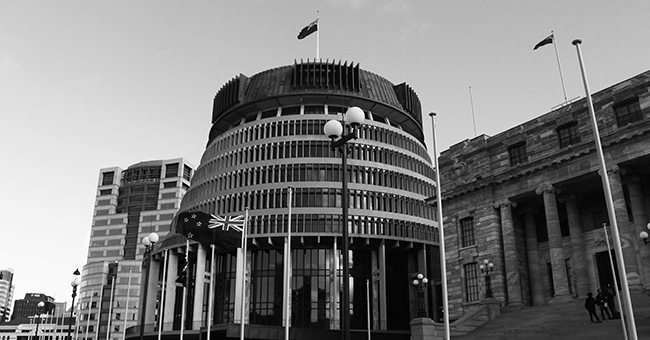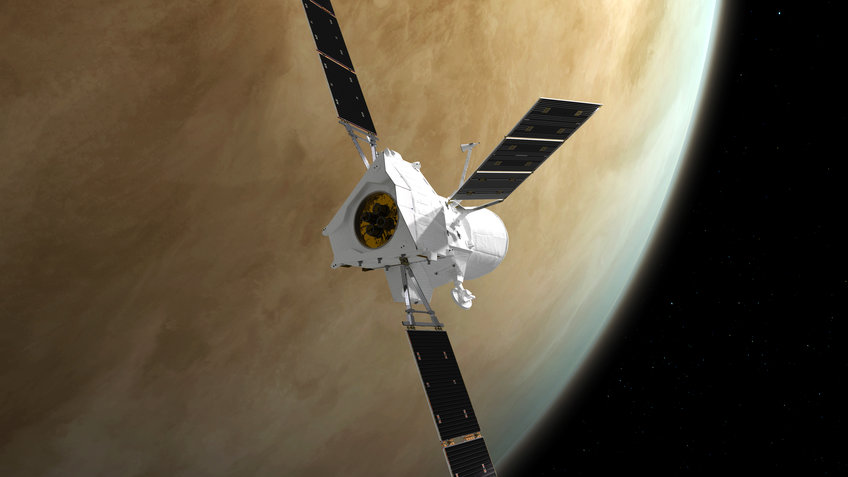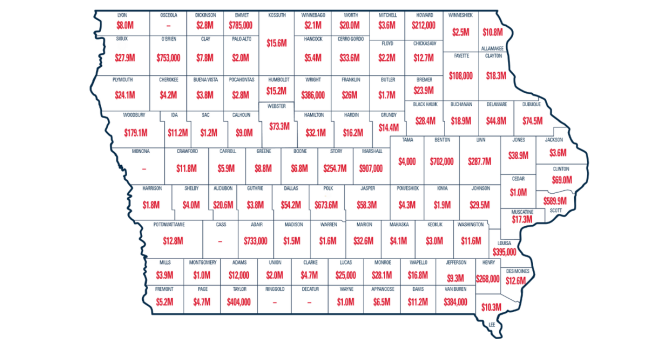Bay of Plenty provisionally had the highest percentage population growth of all regions in the year ended June 2020, Stats NZ said today.
“Bay of Plenty’s population grew 2.8 percent in the year ended June 2020, an increase of 9,100 people,” population insights senior manager Brooke Theyers said.
“This was driven by high growth in Tauranga city and Western Bay of Plenty district.”
Populations in all 16 regions of New Zealand grew between 2019 and 2020, although growth in the West Coast was small (0.2 percent). Similar trends occurred between 2013 and 2019, with the West Coast the only region with a slight population decrease .
| Region | Percentage change |
| Bay of Plenty | 2.8 |
| Northland | 2.6 |
| Otago | 2.4 |
| Tasman | 2.3 |
| Waikato | 2.3 |
| Canterbury | 2.2 |
| Auckland | 2.2 |
| NEW ZEALAND | 2.1 |
| Hawke’s Bay | 2 |
| Nelson | 1.9 |
| Wellington | 1.8 |
| Marlborough | 1.7 |
| Manawatū-Whanganui | 1.5 |
| Taranaki | 1.4 |
| Gisborne | 1.2 |
| Southland | 1.1 |
| West Coast | 0.2 |
Auckland
Auckland’s population grew an estimated 2.2 percent in the June 2020 year, 37,000 more residents than in 2019. The increase in population reflects gains from international migrants (36,700) and natural increase (12,800 more births than deaths), but was partly offset by people moving out of the region to other parts of New Zealand (12,600).
“Auckland’s population growth was the largest by number – equivalent to everyone from the Whakatane district moving to Auckland in a year,” Ms Theyers said.
There was population growth across all Auckland local board areas. The fastest-growing areas were Papakura (4.6 percent), Upper Harbour (4.0 percent), and Rodney (3.6 percent).
Territorial authority areas
Stats NZ updates subnational population estimates using three components:
- migrant arrivals minus migrant departures (net international (or external) migration)
- in-migration from other areas minus out-migration to other areas of New Zealand (net internal migration)
- births minus deaths (natural increase).
Subnational population estimates are provisional and will be revised as the migration components are updated.
For the first time, Stats NZ is releasing separate estimates of net internal and net international migration, along with natural increase, for territorial authority and Auckland local board areas.
Subnational migration estimates for territorial authority and Auckland local board areas at 30 June: Data sources and methods has more information on the methodology used.
Among all territorial authority and Auckland local board areas, Selwyn district had the largest net internal migration gain (2,100 people) in the June 2020 year. This accounted for 63 percent of Selwyn’s growth, with the balance from net international migration and natural increase.
Christchurch city had a net internal migration loss of 1,900 people.
“It’s likely many of the people moving out of Christchurch moved to the neighbouring district of Selwyn, and also to Waimakariri which had a net internal migration gain of 1,100,” Ms Theyers said.
However, Christchurch city still had the largest population increase (7,000) after Auckland, with a net international migration gain of 7,400 people and natural increase of 1,500 people.
“In other words, the lion’s share of Christchurch’s population growth came from people arriving from overseas, partly offset by some leaving the city for other parts of New Zealand,” Ms Theyers said.
“A similar pattern is seen in other cities such as Auckland and Wellington, and to a lesser extent in Hamilton.”
| South Island territorial authority area | Natural increase | Net internal migration | Net international migration |
| Invercargill city | 10 | -270 | 850 |
| Central Otago district | 80 | 440 | 280 |
| Marlborough district | 40 | 320 | 470 |
| Nelson city | 110 | -50 | 940 |
| Tasman district | 30 | 590 | 640 |
| Dunedin city | 100 | 530 | 1200 |
| Waimakariri district | 190 | 1100 | 550 |
| Queenstown-Lakes district | 360 | 810 | 1400 |
| Selwyn district | 570 | 2100 | 700 |
| Christchurch city | 1500 | -1900 | 7400 |
Tauranga city had the second-largest net internal migration gain of 1,900 people, as people moved there from other parts of the country. However, internal migration made up only 37 percent of Tauranga’s growth, with 50 percent from net international migration (2,500 people).
| North Island territorial authority area | Natural increase | Net internal migration | Net international migration |
| New Plymouth district | 220 | 370 | 900 |
| Western Bay of Plenty district | 180 | 790 | 740 |
| Far North district | 200 | 740 | 840 |
| Hastings district | 360 | 380 | 1100 |
| Lower Hutt city | 710 | 30 | 1200 |
| Whangārei district | 290 | 920 | 1100 |
| Waikato district | 590 | 1200 | 690 |
| Wellington city | 1000 | -1400 | 3400 |
| Hamilton city | 1400 | -280 | 3100 |
| Tauranga city | 660 | 1900 | 2500 |








